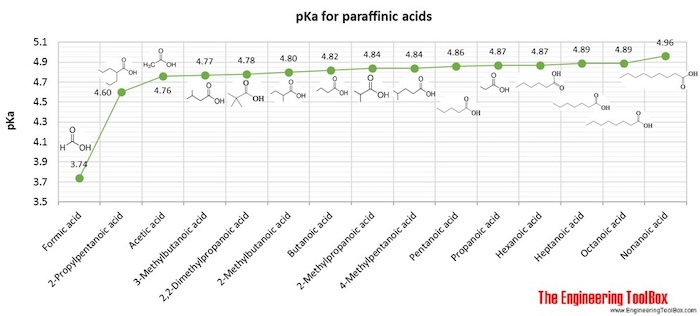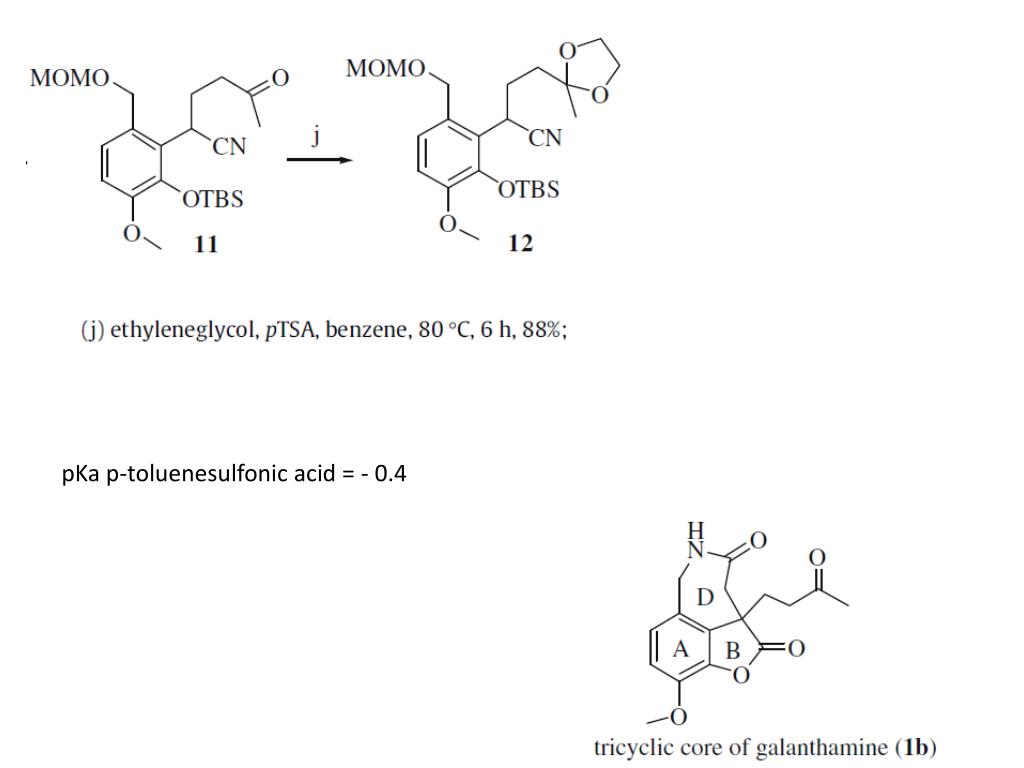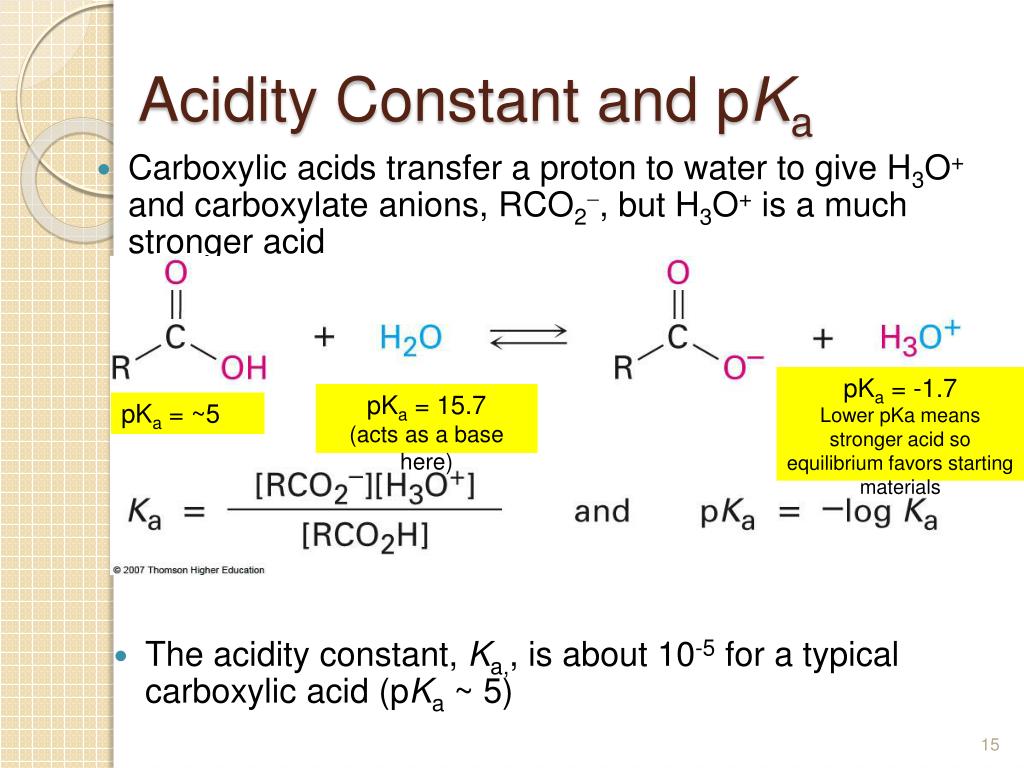

An ideal buffering system has a pKa of ~ 7.4 (normal physiologic pH). They are all defined in the help file accompanying BATE.The human body has four native buffer systems – bicarbonate, hemoglobin, protein, and phosphate systems.

Dissociation can be also described by overall constants, as well as base dissociation constants or protonation constants. Next dissociation steps are trated the same way. Stepwise dissociation constants are defined asįor the reactions of dissociation of base: Please remember that only some of them are included in the trial version database, but you can always enter them manually for calculations.įor the reactions of dissociation of acid: PK a and pK b values have been taken from various books and internet sources. As for pK b values of strong bases - NaOH, KOH, LiOH, Ca(OH) 2 - pleas read the explanation in our FAQ section.

Besides, difference between pK a=-1 and pK a=-10 starts to influence calculation results for the solutions with very high ionic strengths, such calculations are dubious in any case. These values are usually not measured but calculated from thermodynamical data and should not be treated too seriously. Depending on the source pK a for HCl is given as -3, -4 or even -7. Bases nameĭisclaimer - accuracy of the values shown, especially for the strong acids, is questionable. On the contrary inorganic bases - like NaOH, KOH, LiOH, Ca(OH) 2 - increase pH dissociating. Note that ammonia and most organic bases release OH - ions due to hydrolysis, not dissociation. Acids nameįor the definitions of K bn constants scroll down the page. Here are some of the values of weak and strong acids and bases dissociation constants used by BATE when calculating pH of the solution and concetrations of all ions present.įor the definitions of K an constants scroll down the page. PH calculator program - Base Acid Titration and Equilibria - dissociation constants pKa and pKb


 0 kommentar(er)
0 kommentar(er)
